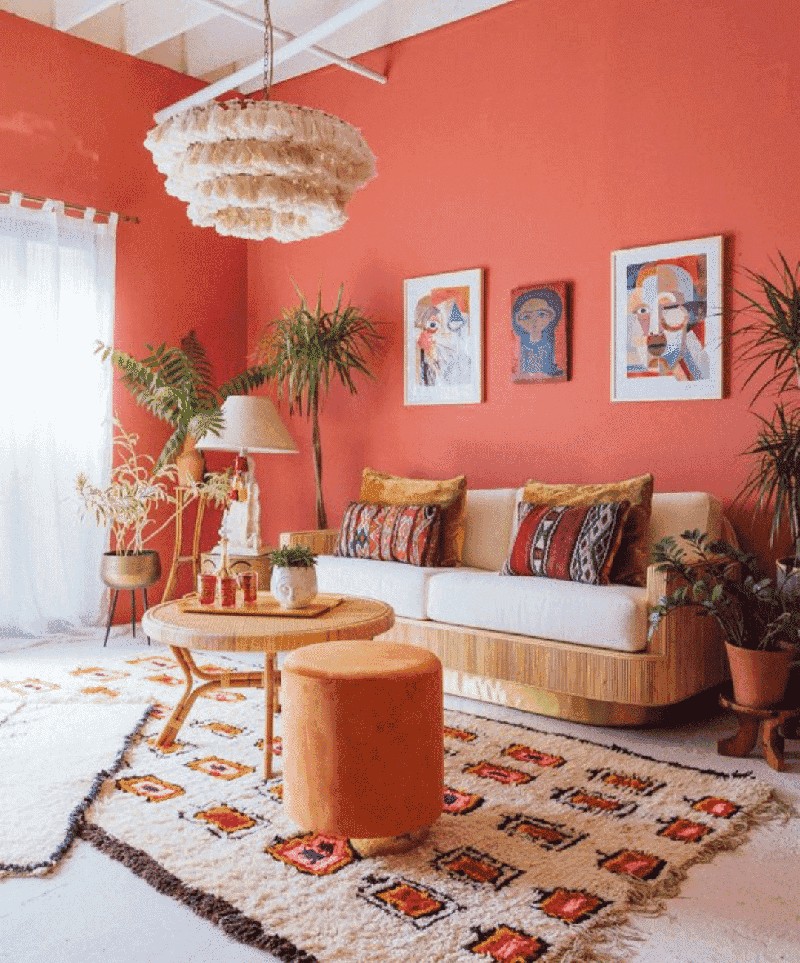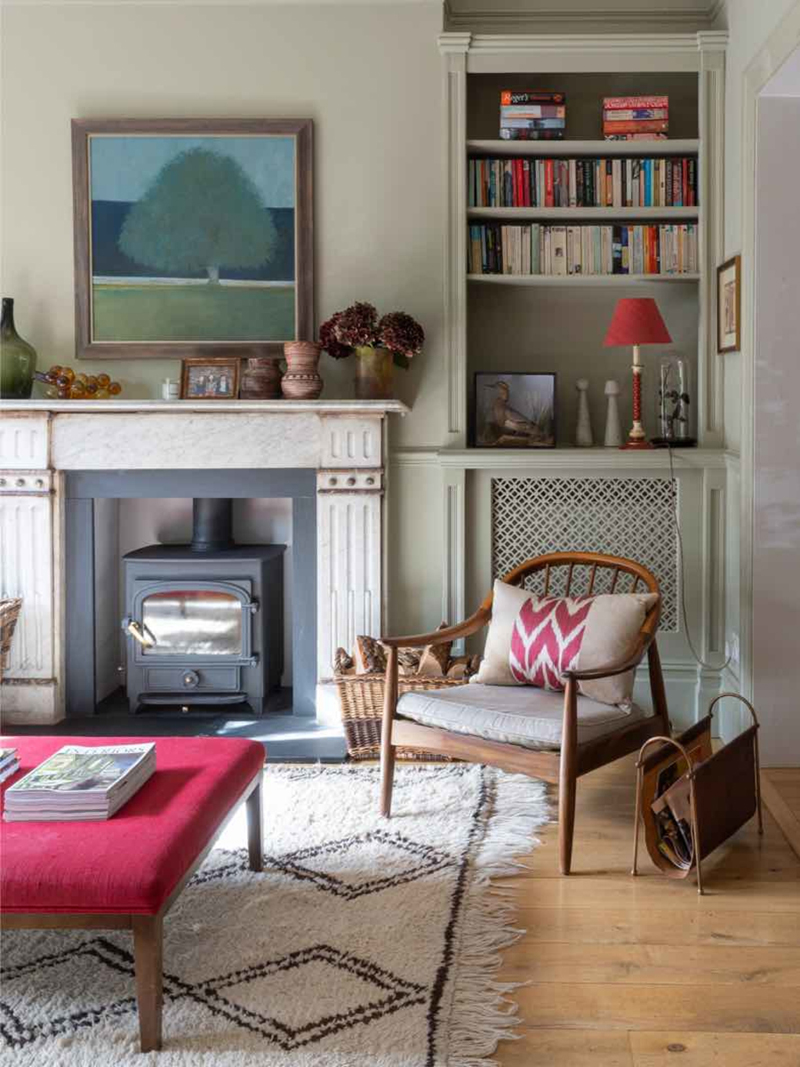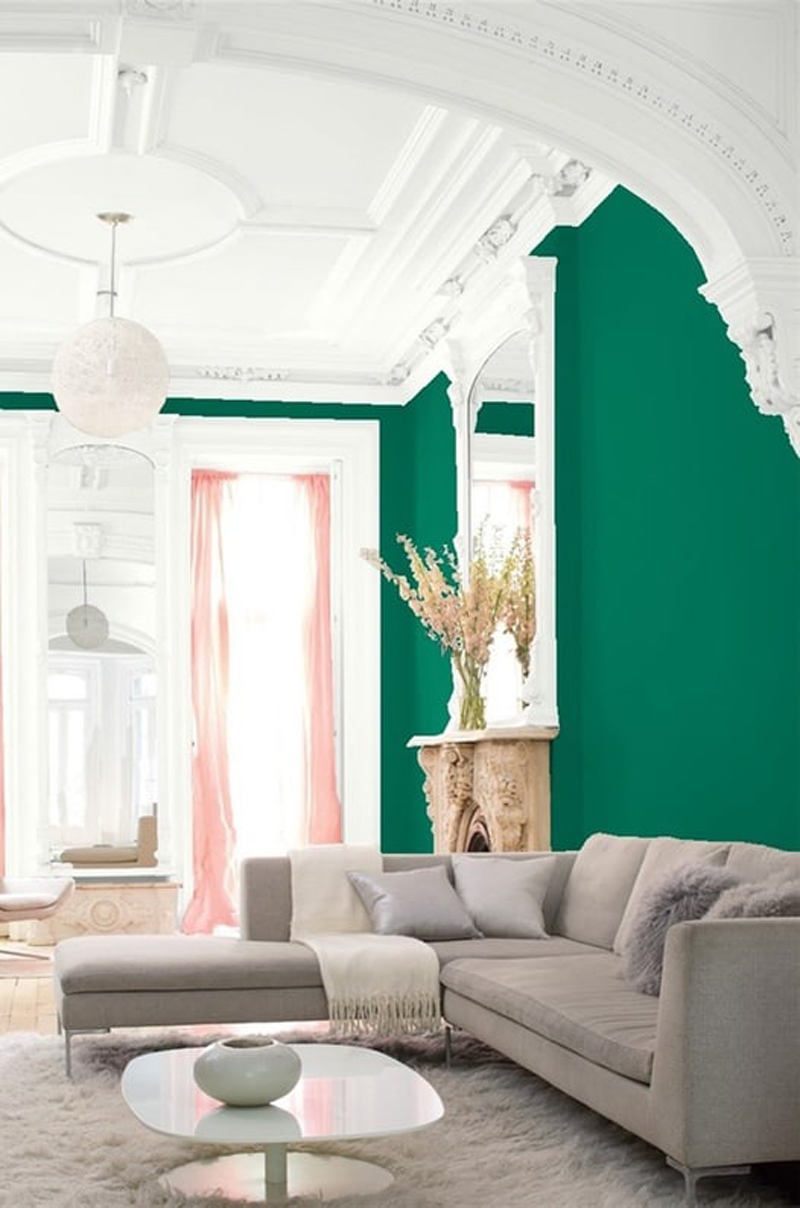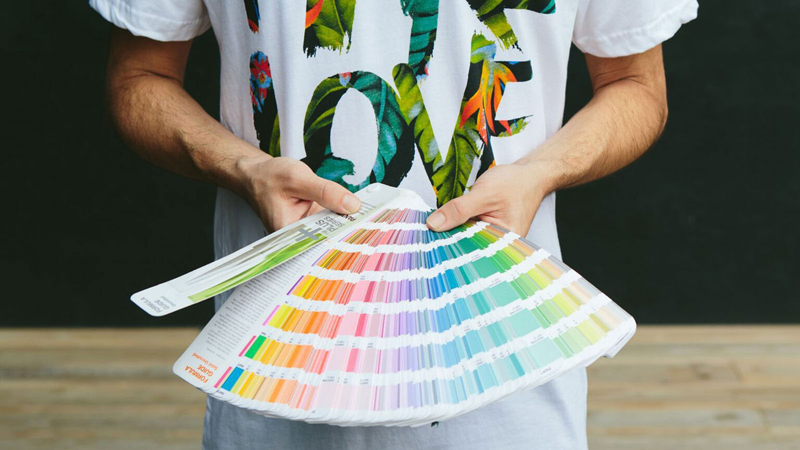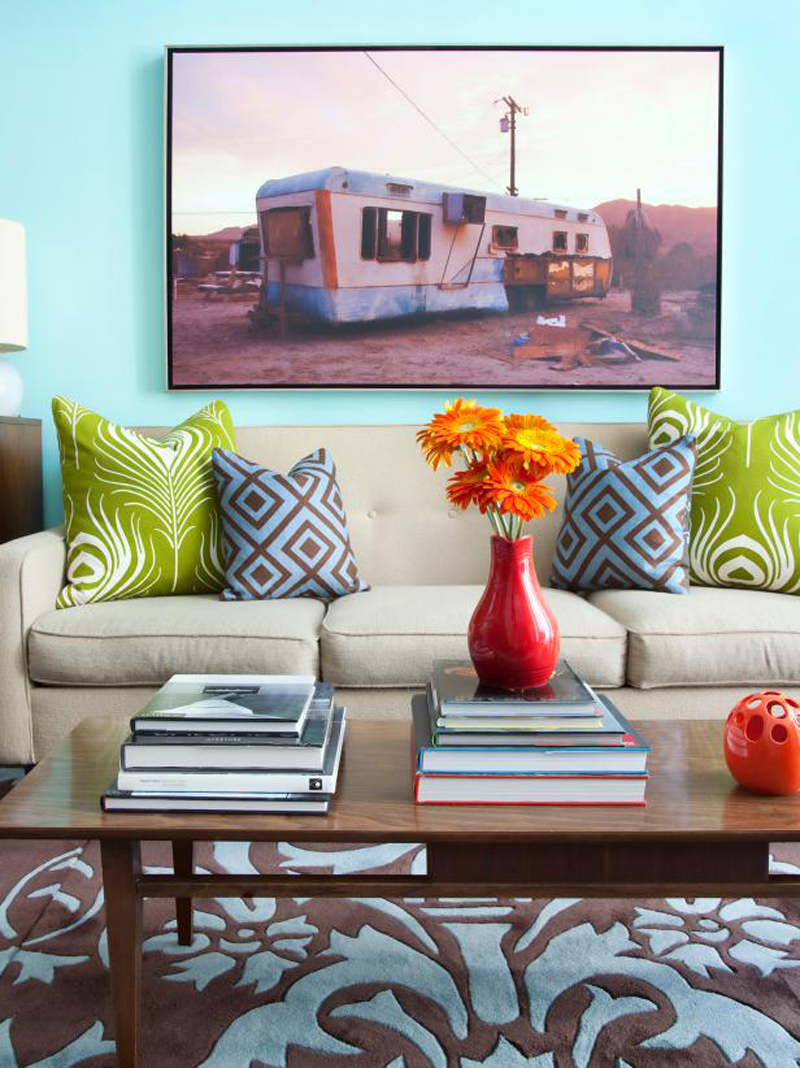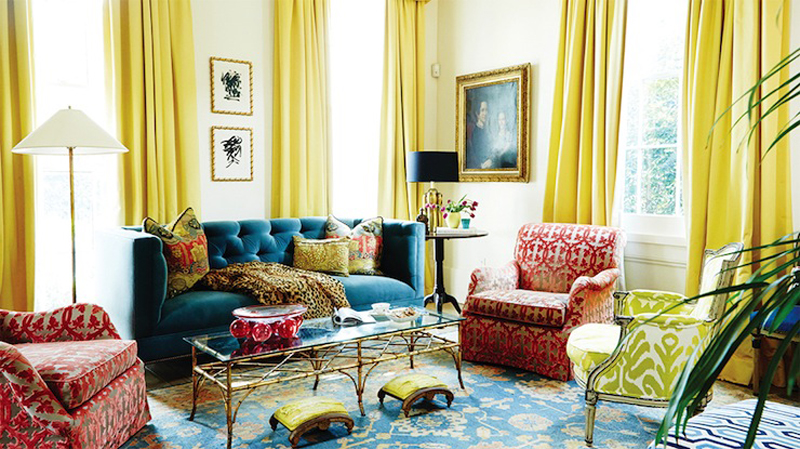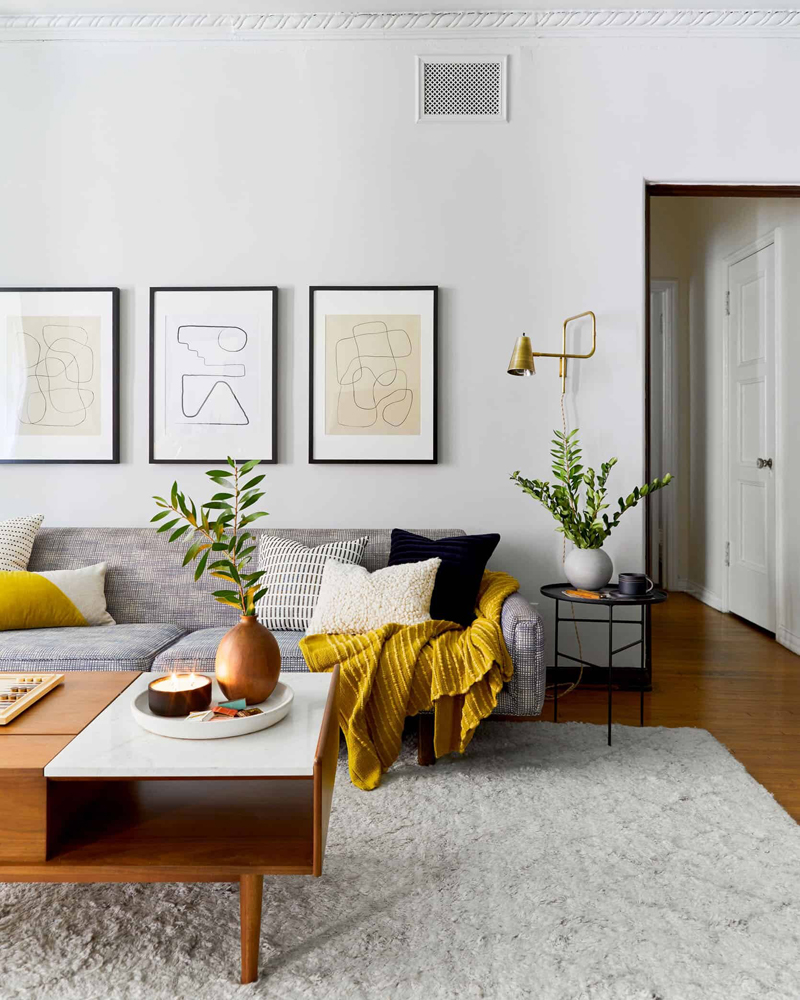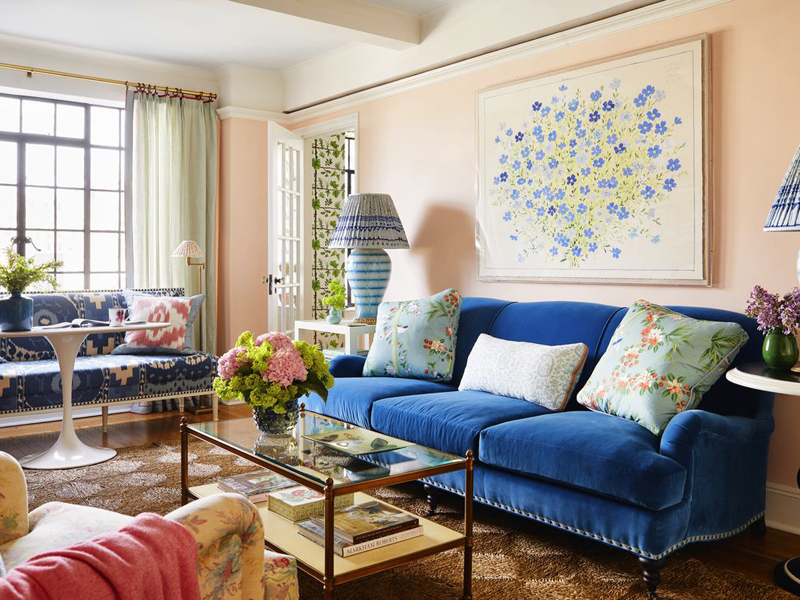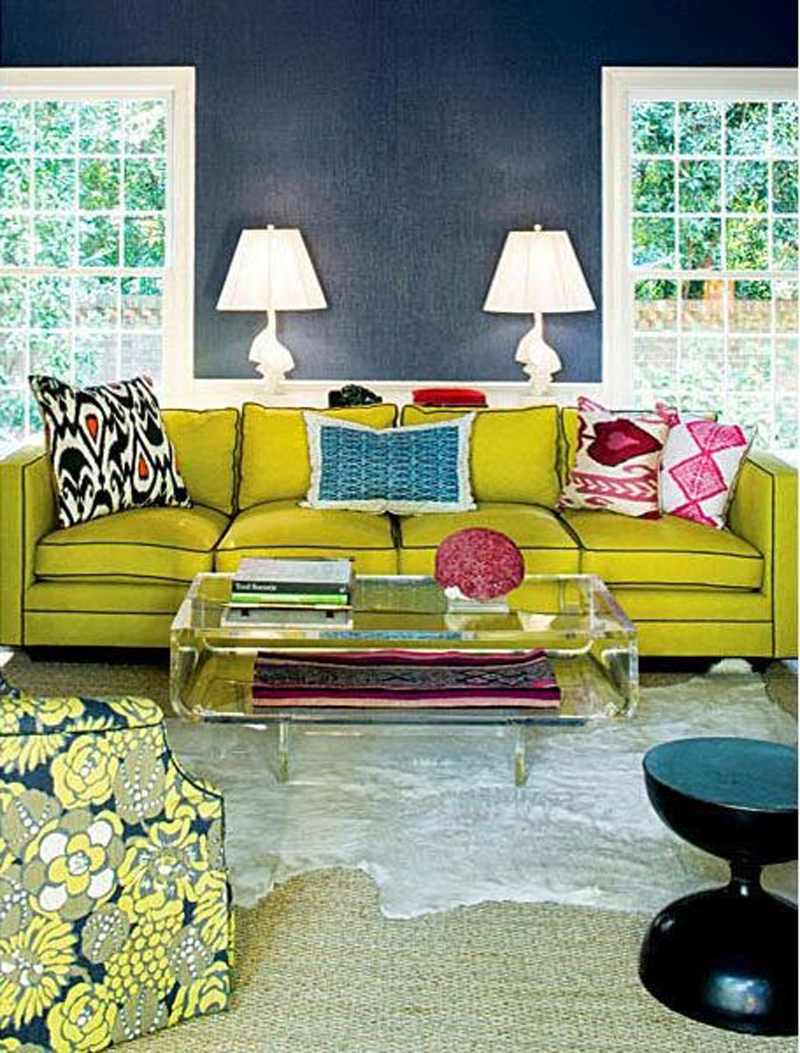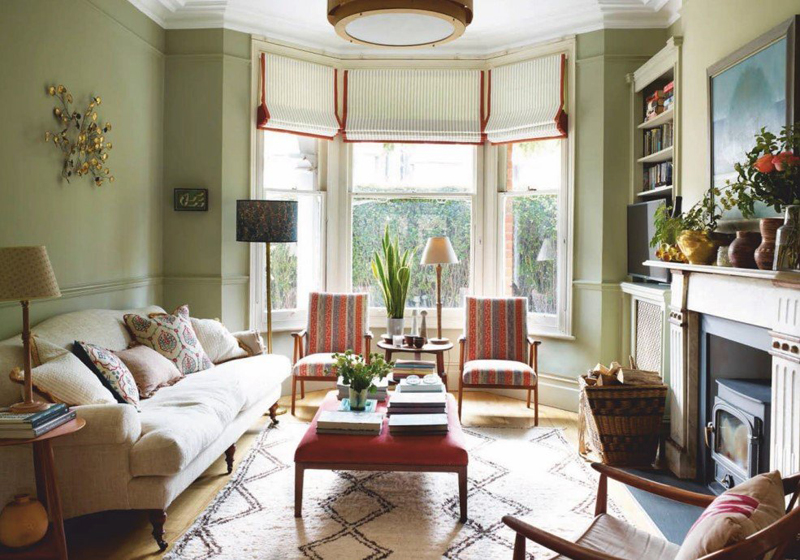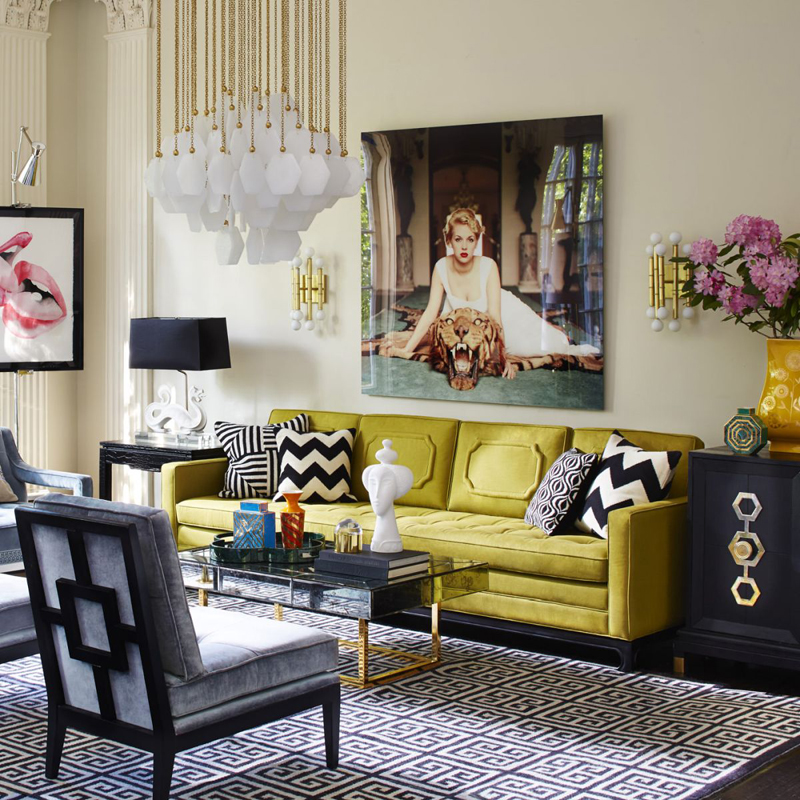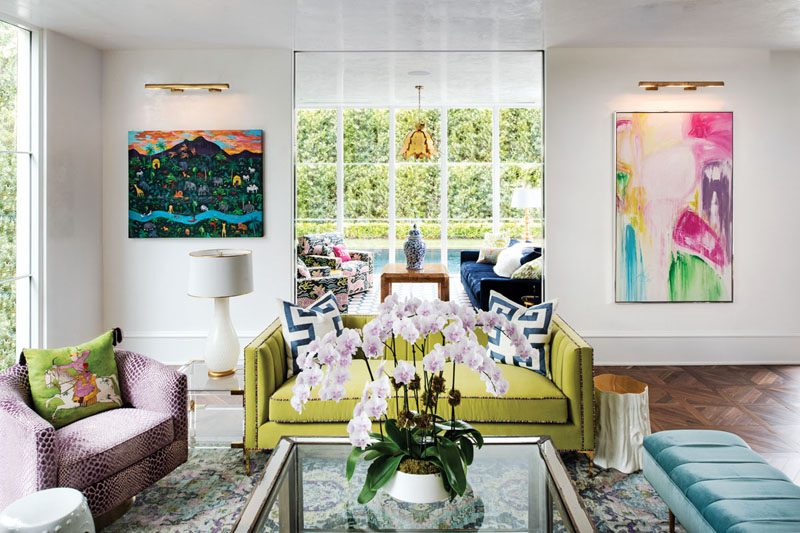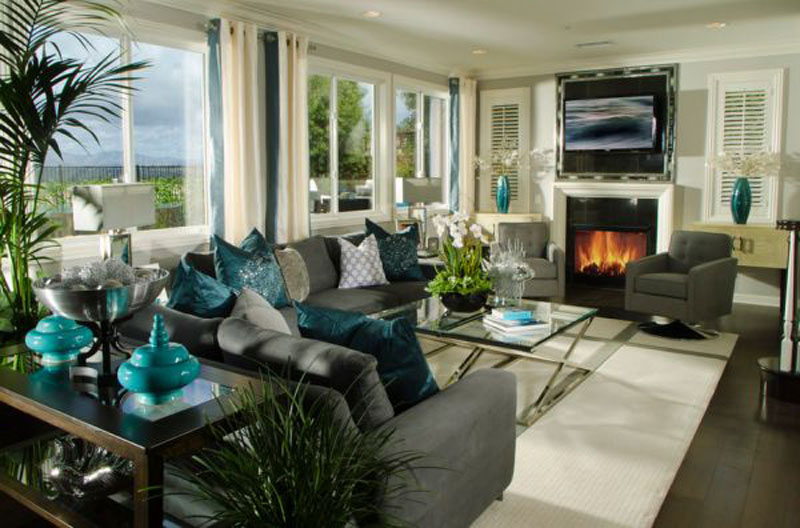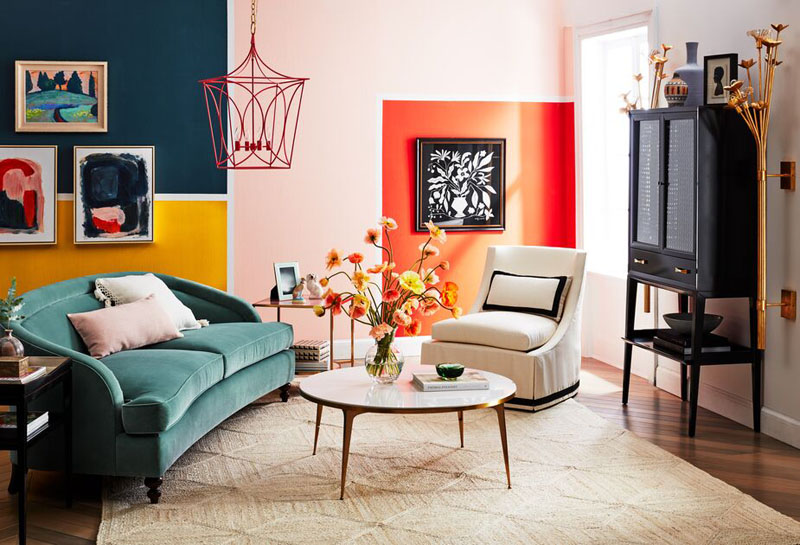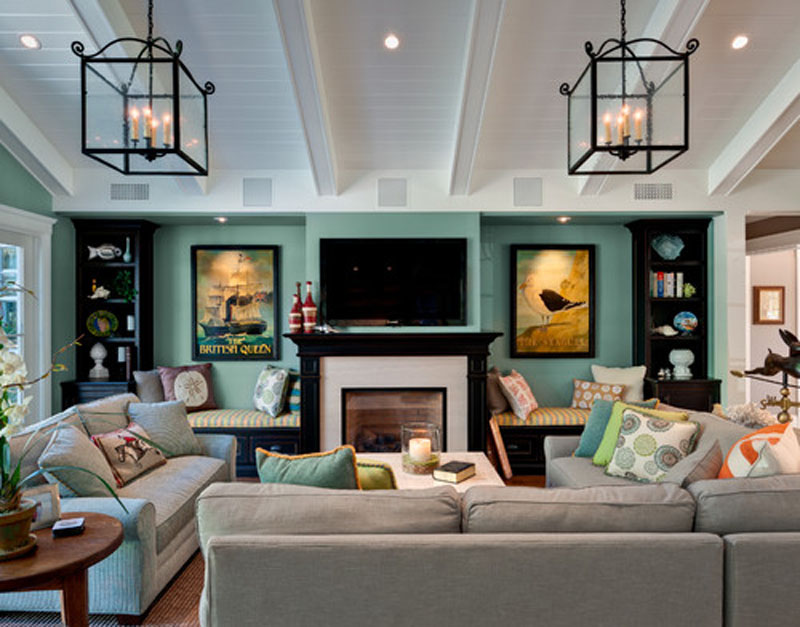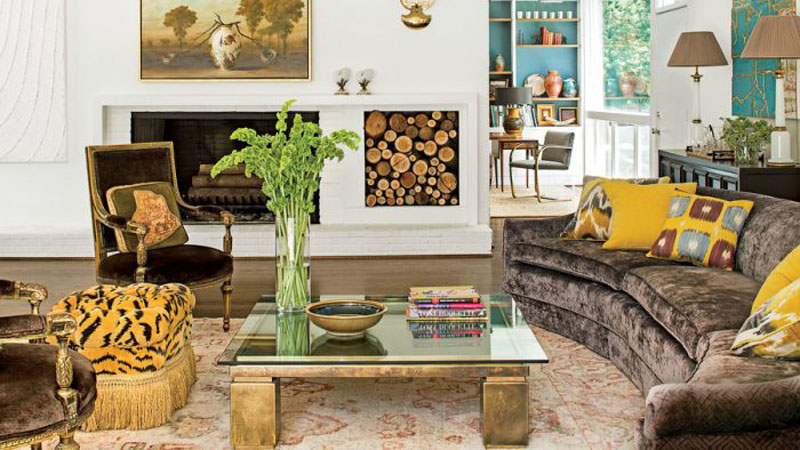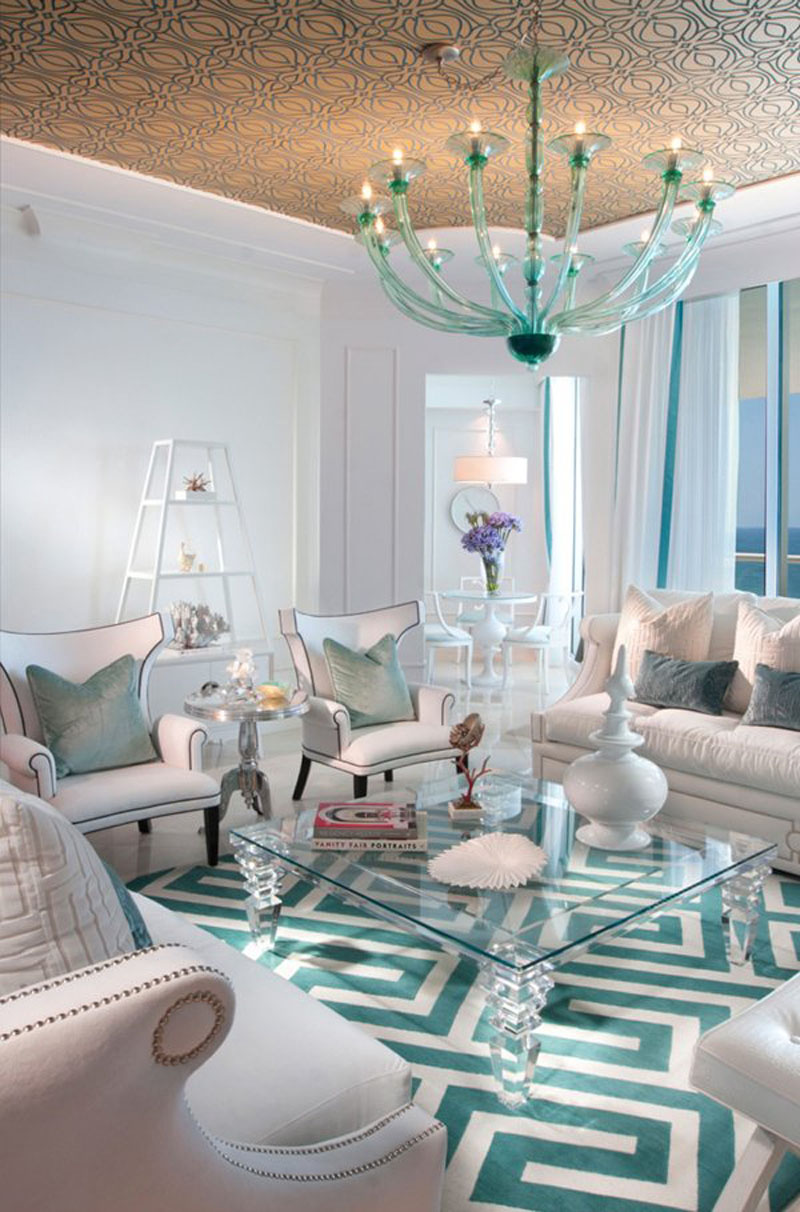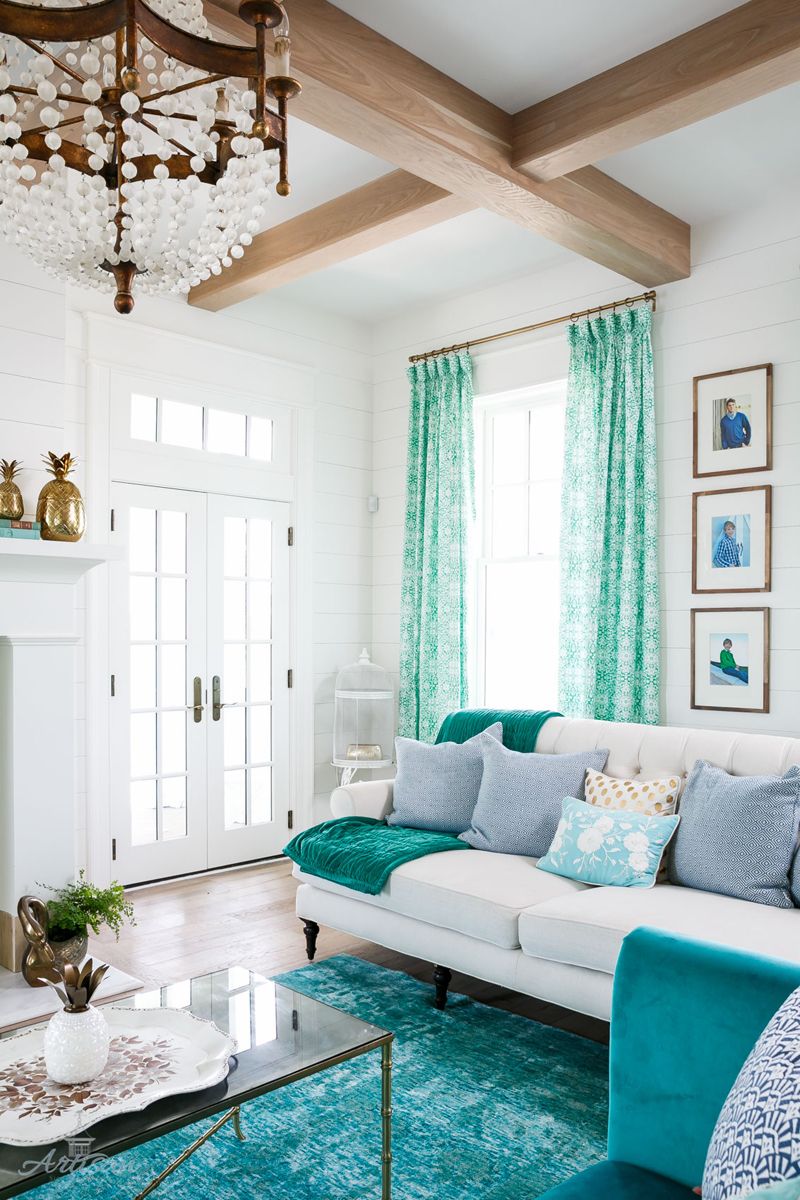In the world of interior design, colors are powerful tools that can shape the ambiance of a space, influence our emotions, and create a harmonious environment. By understanding the psychology of color, designers can transform ordinary spaces into extraordinary experiences. In this blog article, we will explore the profound impact of color on interior design and how to effectively harness its psychological effects to create stunning and meaningful spaces.
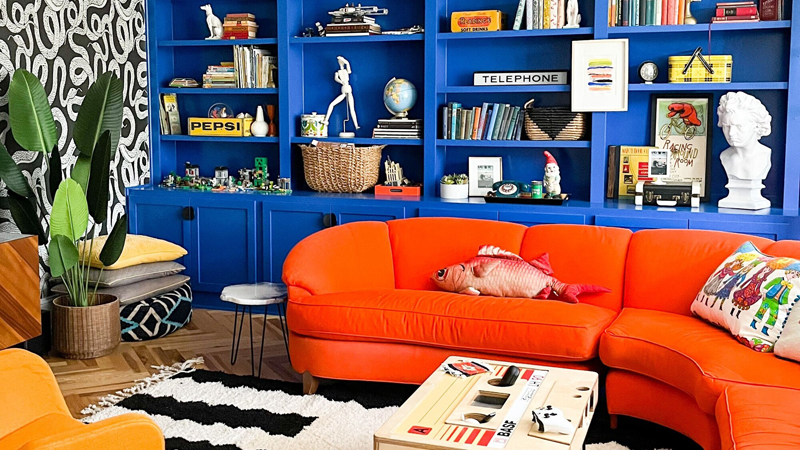
Creating Mood and Atmosphere:
Colors have the ability to evoke specific moods and set the desired atmosphere in a room. Warm colors such as reds, oranges, and yellows create a cozy and energetic ambiance, while cool colors like blues and greens promote relaxation and serenity. By carefully selecting color palettes, designers can evoke the desired emotions and tailor the mood to suit the purpose of the space.
Choosing Colors for Different Rooms:
Different rooms have distinct functions and require unique color approaches. Explore the psychology behind color choices for various areas of the home, such as:
a. Living Room: Foster social interaction and relaxation with warm neutrals or inviting shades of blue.
b. Bedroom: Promote rest and tranquility with cool, soothing colors like lavender or soft greens.
c. Home Office: Enhance focus and productivity with energizing hues like yellow or muted blues.
d. Kitchen: Stimulate appetite and create a vibrant atmosphere with warm tones like red or orange.
Accentuating Architectural Features:
Colors can be used strategically to highlight architectural features and create visual interest. Darker colors can make a large space feel more intimate, while lighter shades can emphasize openness. Using contrasting colors, such as a bold accent wall or vibrant furnishings against a neutral backdrop, can draw attention to specific areas and create focal points.
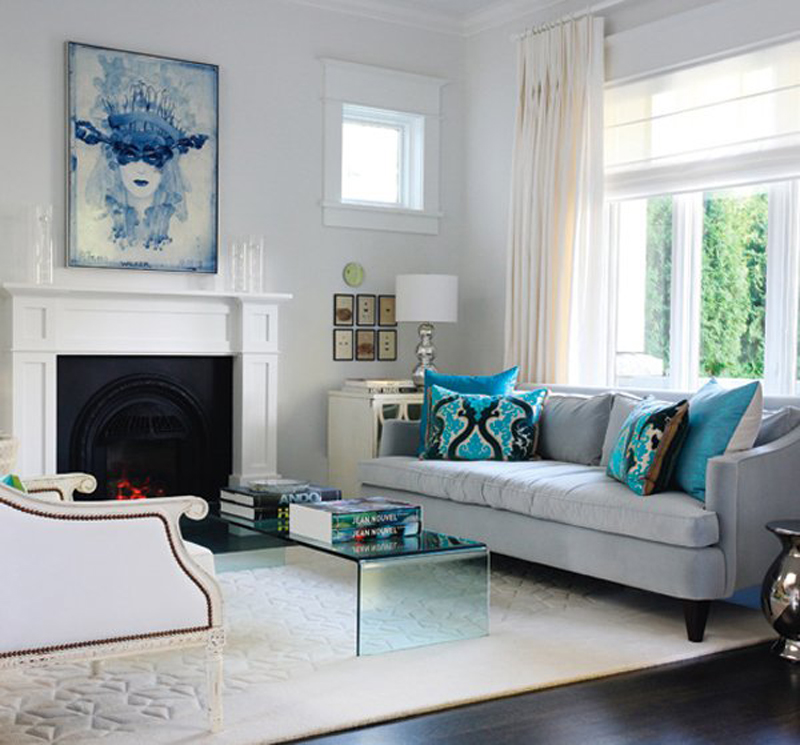
Color and Spatial Perception:
The psychology of color extends to the perception of space. Lighter colors tend to make rooms feel more spacious and airy, while darker hues can add depth and coziness. By employing techniques such as color gradients or strategic placement of colors, designers can manipulate the perceived dimensions of a room and create visually appealing effects.
Personal Expression and Cultural Influences:
Colors can reflect personal preferences and cultural influences, allowing individuals to express their unique identities. Designers can incorporate elements from different cultures, such as incorporating vibrant hues from Moroccan design or serene tones from Scandinavian interiors, to create a space that resonates with the occupants and reflects their heritage or interests.
Harmonizing Colors with Furniture and Accessories:
Successful interior design involves the careful coordination of colors with furniture, fabrics, and accessories. By considering the color wheel, complementary and analogous color schemes can be created to establish a cohesive and visually pleasing space. Additionally, designers can experiment with texture and pattern to add depth and interest to the overall color scheme.
Conclusion:
The power of color in interior design is undeniable. By understanding the psychological effects of color, designers can create spaces that evoke specific emotions, cater to the intended functions, and reflect the personalities of the occupants. Whether it’s establishing a tranquil retreat or energizing a social gathering area, the artful selection and application of colors can truly transform a space into a harmonious and captivating environment.

